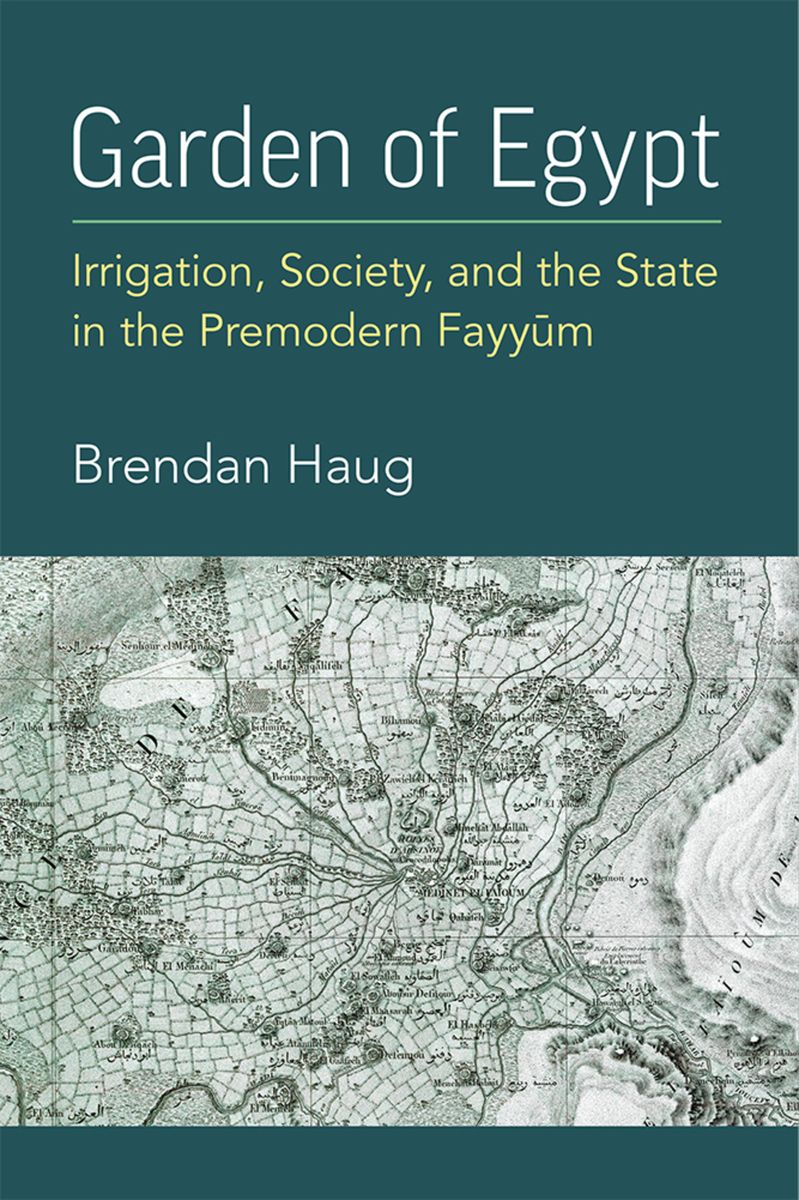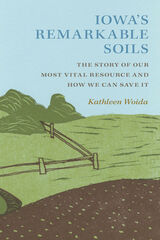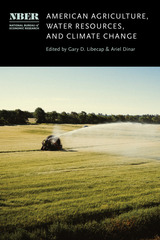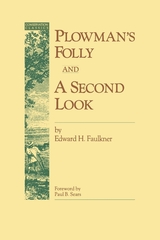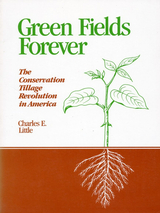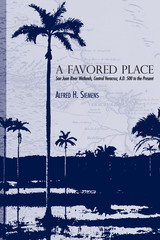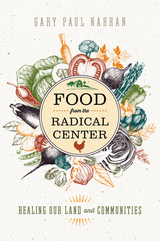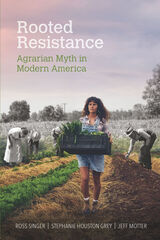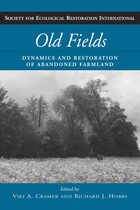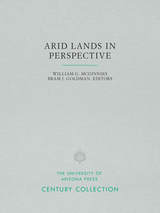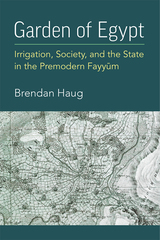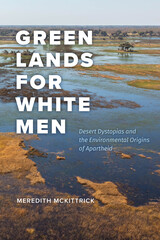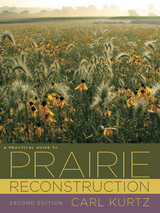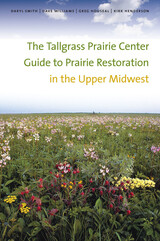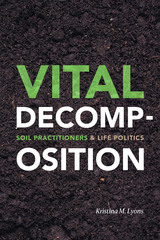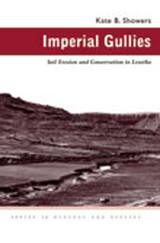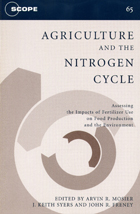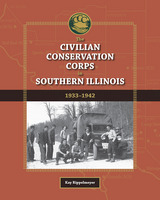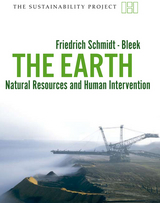Garden of Egypt: Irrigation, Society, and the State in the Premodern Fayyum
University of Michigan Press, 2024
Cloth: 978-0-472-13352-9 | eISBN: 978-0-472-90440-2
Library of Congress Classification S616.E3H38 2024
See other books on: Egypt | Garden | Irrigation | Management | Society
See other titles from University of Michigan Press
Cloth: 978-0-472-13352-9 | eISBN: 978-0-472-90440-2
Library of Congress Classification S616.E3H38 2024
ABOUT THIS BOOK | AUTHOR BIOGRAPHY | REVIEWS | TOC
ABOUT THIS BOOK
Garden of Egypt: Irrigation, Society, and the State in the Premodern Fayyūm is the first environmental history of Egypt’s Fayyūm depression. The volume studies human relationships with flowing water, from the third century BCE to the thirteenth century CE. Until the arrival of modern perennial irrigation in the nineteenth century, the Fayyūm was the only region of premodern Egypt to be irrigated by a network of artificial canals. By linking large numbers of rural communities together in shared dependence on this public irrigation infrastructure, canalization introduced to Egypt a radically new way of interacting both with the water of the Nile and with fellow farmers. Drawing upon ancient Greek papyri, medieval Arabic literature, and modern comparative evidence, this book explores the ways in which the Nile’s water, local farmers, and state power together continually reshaped this irrigated landscape over more than thirteen centuries. Following human/water relationships through both space and time further helps to erode disciplinary boundaries and bring multiple periods of Egyptian history into contact with one another.
See other books on: Egypt | Garden | Irrigation | Management | Society
See other titles from University of Michigan Press
